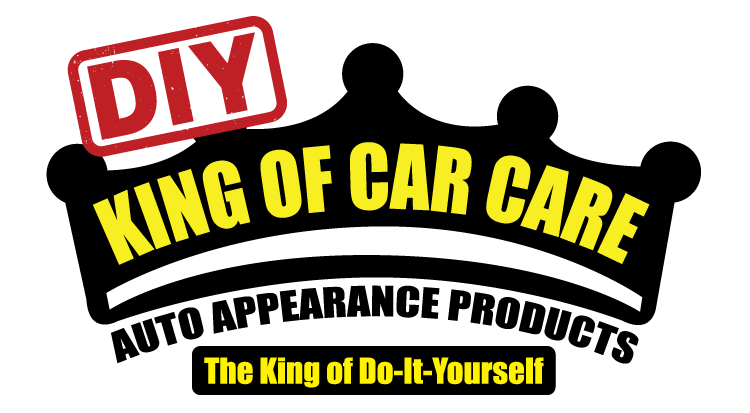Now onto the last type of leather that you will have to work with. Pigmented/Protected/Top Coated/Painted Leathers are the most commonly used leather in the automobile industry. 95% of all manufacturers will use this type of leather. Most likely, this is probably the leather you have in your car now. It’s top grain or corrected grain leather that is pigmented (painted) and has a finished top-coat. This is the type of leather that can withstand changes in temperature, body oils, sweat, UV radiation, rubbing, spills and more. In addition, you won’t even notice leather markings like scars, cuts and more.
The overall look of the leather is a semi-gloss or matte. It also has a nice uniform look and color all over except for the fact that it will have a grain pattern, well-defined, which usually means it is an embossed grain.
How to Clean it is simple.
- Saturate a sponge in a bucket of lukewarm water.
- Squeeze the sponge so it is moist and put some product on the sponge.
- Work the product into the sponge until you have a foam to work with.
- Apply the foam to one panel at a time – this is important…work in small sections. Gently rub the sponge over the panel for agitation – in some cases you may have to use a soft-haired brush (such as a nail brush).
- Wipe the panel clean with a microfiber towel to remove the soap residue and suspended soils.
- Repeat steps 1-5 for the entire seat/section of leather. Keep in mind that those areas of your upholstery that get exposed to skin will require special attention.
- After you are finished wiping down the leather with the cleaner product you should buff the leather with a dry microfiber towel to remove any excess cleaner from the seams and cracks as well as dry the surface and prepare it for the conditioner.
You will note that the process is the same because it’s a good process. All three of these types will use this. Next we will cover conditioning.
